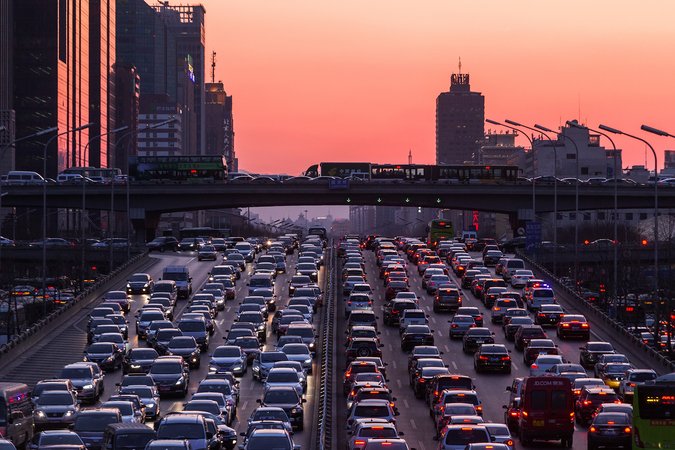What Does Ridesharing Replace?
Ridesharing tends to replace private car, taxi, or walking trips and has led to modest increases in total vehicle miles traveled and greenhouse gas emissions.
Key Findings
- A majority of travelers would have used a car or taxi or walked had ridesharing not been available.
- In some large cities, ridesharing replaces a significant portion of public transit trips.
- Nationally, ridesharing has led to modest increases in total vehicle miles traveled and greenhouse gas emissions—0.08 percent and 0.14 percent, respectively.
- The effects of ridesharing on vehicle miles traveled and emissions vary considerably by city, partly because of differences in each city's drivability and public transit options. For example, San Francisco sees an increase in vehicle miles traveled of 1.38 percent.
- If policymakers regulate ridesharing to reduce traffic congestion, it may be beneficial to do so at a local level to account for the different impacts from city to city.
Abstract
Ridesharing services such as Uber and Lyft are an increasingly popular mode option for many travelers. Yet little is known about the effects of this mode on travel behavior and other social impacts, such as public transit use, traffic, and pollution. In this paper, we estimate the effects of the availability of ridesharing on travel mode choices made in a large sample of metropolitan areas. We do so by estimating a discrete choice model of household mode choice using a nationally representative dataset of travel behavior and simulating household mode choices in a setting where ridesharing were not available. We find that a majority of travelers would have used a car, taxi, or walked had ridesharing not been available. In some large cities, however, ridesharing displaces a significant portion of public transit trips. We find that the availability of ridesharing has led to modest increases in total vehicle miles traveled and greenhouse gas emissions. Moreover, the impacts of ridesharing could be heterogeneous across cities, which are related to each city’s drivability and public transit use.
Authors

Jianwei Xing
Assistant Professor, Peking University




